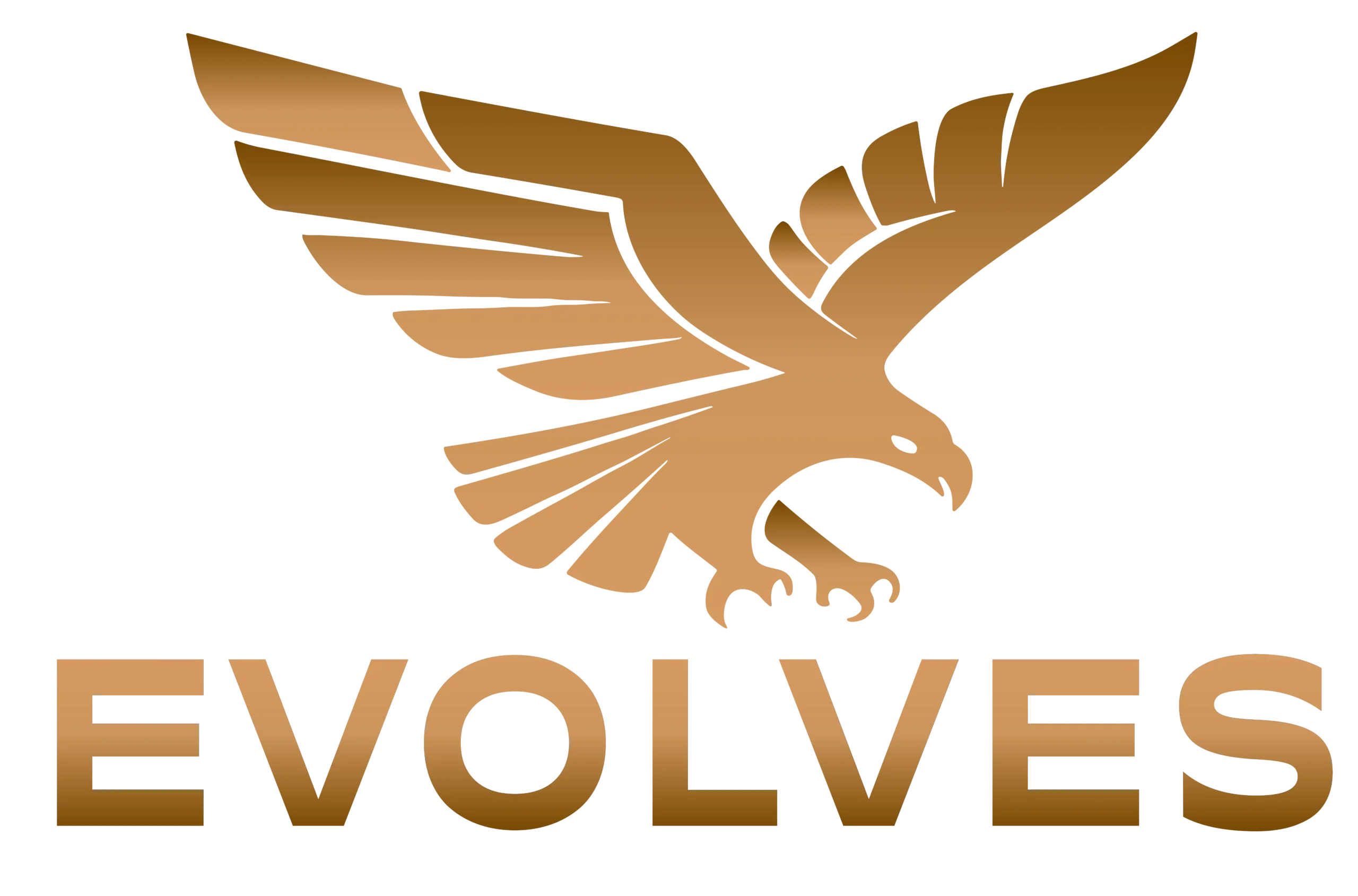Exploring the Landscape of Windows Software: Innovations and Trends
In the ever-evolving world of technology, Windows software remains a cornerstone of personal and professional computing. From productivity tools to innovative applications, the Windows ecosystem is rich with programs that cater to a diverse array of needs. This article delves into current trends and events in the Windows software landscape, examining its impact on technology, finance, culture, and lifestyle.
The Evolution of Windows Software
Since its inception, Windows has been the platform of choice for millions of users worldwide. The evolution of Windows software can be traced through several key phases:
- Early Days: The launch of Windows 1.0 in 1985 marked the beginning of graphical user interface software, paving the way for user-friendly applications.
- Rise of Productivity Suites: The 1990s saw the emergence of Microsoft Office, which revolutionized how users managed documents, spreadsheets, and presentations.
- Cloud Integration: With the advent of Windows 10, Microsoft introduced seamless cloud integration, allowing for real-time collaboration and access across devices.
Current Trends in Windows Software
As technology continues to advance, several trends have emerged within the Windows software domain:
1. Emphasis on Security
With cyber threats on the rise, security has become a paramount concern for software developers. Windows software now includes advanced security features such as:
- Built-in antivirus and anti-malware tools.
- Regular updates to patch vulnerabilities.
- Multi-factor authentication options for sensitive applications.
2. Remote Work Solutions
The COVID-19 pandemic accelerated the adoption of remote work, prompting software developers to create tools that facilitate online collaboration. Key players in this space include:
- Communication platforms like Microsoft Teams and Zoom.
- Project management tools such as Trello and Asana.
- Cloud storage services that enable file sharing and collaboration.
3. Artificial Intelligence Integration
Artificial intelligence (AI) is transforming Windows software by enhancing user experiences and streamlining workflows. Examples include:
- Smart assistants like Cortana that help users manage tasks.
- AI-driven analytics tools that provide insights into user behavior.
- Automation features that reduce repetitive tasks and improve efficiency.
Impact on Finance and Business
The Windows software ecosystem also plays a significant role in finance and business. Financial institutions rely on robust software solutions for:
- Data analysis and reporting.
- Risk management and compliance.
- Customer relationship management (CRM) systems.
Moreover, small businesses are leveraging affordable Windows software to enhance operational efficiency without the need for extensive IT infrastructure.
Cultural Influence of Windows Software
Windows software has not only shaped the business landscape but has also influenced cultural trends. The rise of content creation tools has empowered users to:
- Create and share multimedia content easily.
- Engage in online gaming communities.
- Develop coding skills through accessible programming environments.
This democratization of technology has led to a vibrant culture of innovation and creativity among users.
Conclusion: The Future of Windows Software
As we look ahead, the future of Windows software appears bright. Continuous advancements in technology and user needs will drive further innovation. Companies that embrace these changes, such as impactsoftware.biz, are poised to thrive in this dynamic environment. The interplay of security, remote work solutions, and AI integration will shape the next generation of Windows software, ensuring that it remains a vital tool in our daily lives.
